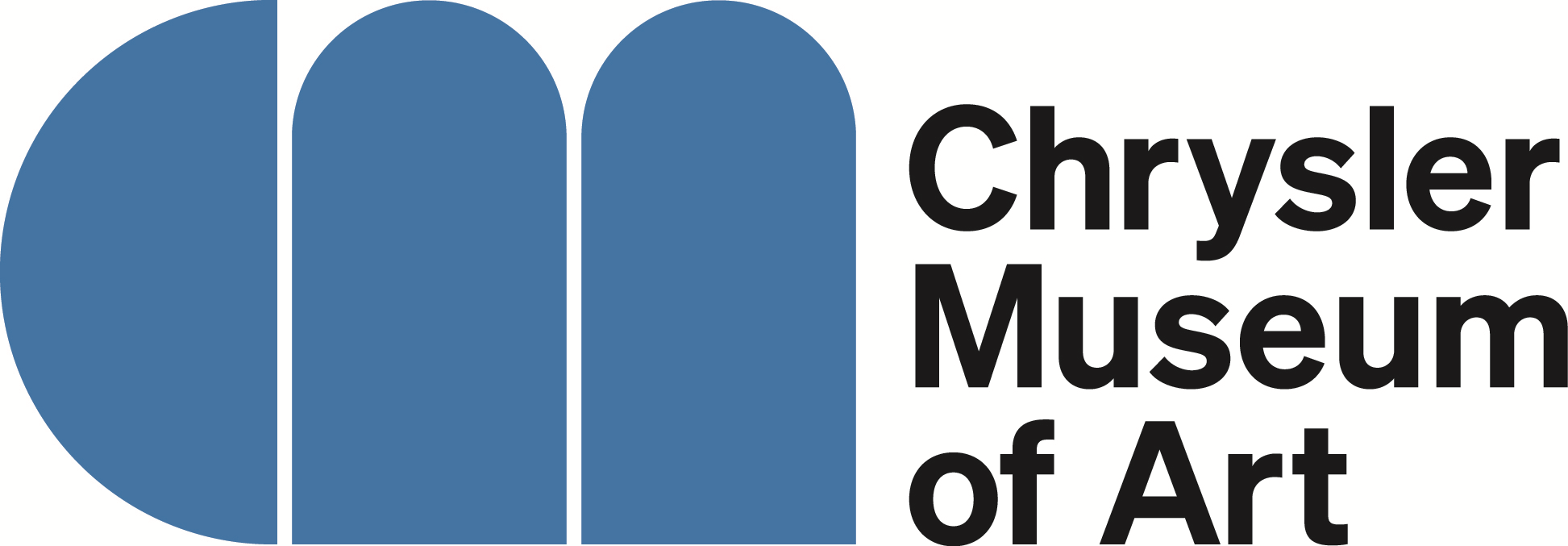Votive offering table
Artist
Unknown
CultureEgyptian
DatePtolemaic Period, 332-30 B.C.E.
MediumBronze
DimensionsOverall: 3 1/4 x 2 5/8 in. (8.3 x 6.7 cm)
Credit LineGift of Walter P. Chrysler, Jr.
Object number71.2217.21
On View
Chrysler Museum of Art, Gallery 109
Label TextVotive Offering Table Ptolemaic Period, 332-30 B.C.E. Bronze Gift of Walter P. Chrysler, Jr. 71.2217.21 This tiny votive object takes the shape of an offering table, its central surface decorated in low relief with images of flowers, a ewer, and loaves of bread. Such objects were probably presented at the temple as a sign of religious devotion. Quite possibly they were part of a ceremony in which the faithful poured liquids on them from situlae, ritual buckets used to hold water, milk, or other libations. The figures perched around the table are typical of the form and may allude to the solar cult of the sun god Re and the notion of spiritual rebirth. At the top edge a man (pouring libations?) kneels toward the table's spout. He is flanked by tall, pillar-like objects that may be loaves of bread. Beyond them, at the corners, are apes wearing sun-disks on their heads. The falcon at the left edge also wears a sun disk. At the front, flanking the spout, are reclining lions, symbols of Re's son Shu and daughter Tefnut. And finally the frog sitting atop the spout is a traditional Egyptian symbol of renewal and rebirth.
Unknown
Late Dynasty 5-early Dynasty 6, reigns of Unas or Pepy I, 2375-2287 B.C.E.













